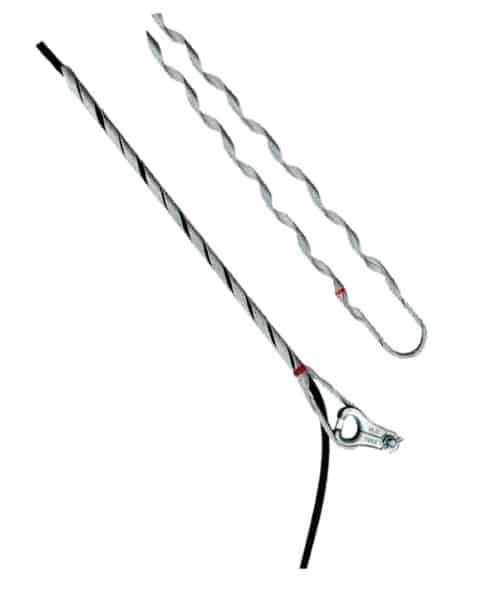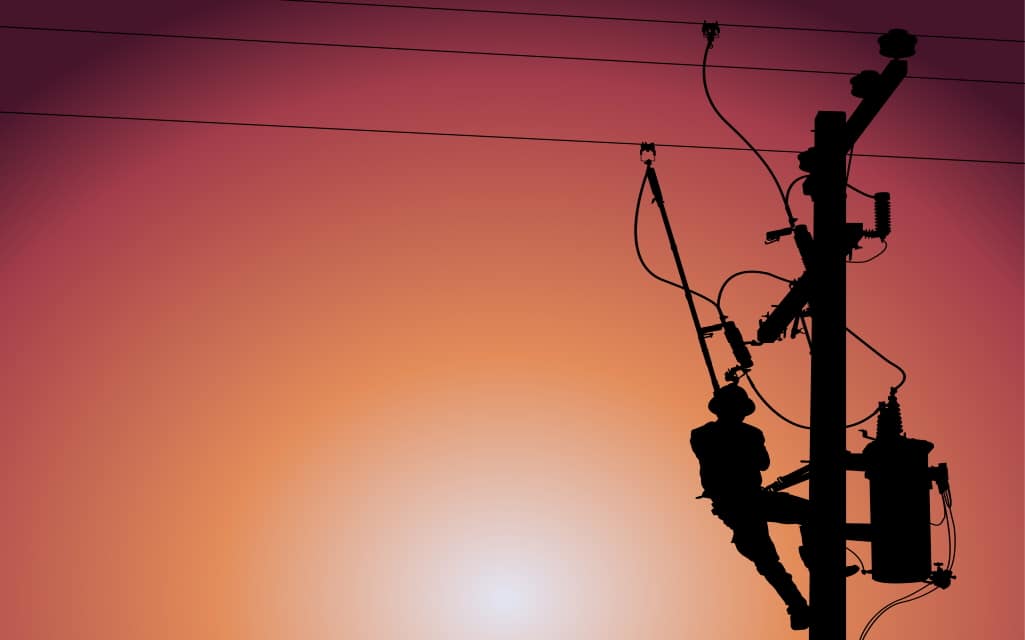The name of the ADSS cable tension clamp reveals that it is the connection hardware between the ADSS cable line and tower. Different from bolt type strain clamp and wedge type strain clamp, ADSS cable strain clamp can only be used once for permanent safety during line installation. This is because ADSS cable strain clamp can not only bear all the tension of conductor or lightning conductor in the line but also act as a conductor, which makes such clamps can not be disassembled once installed. So it is also called dead clamp.
Guangdong Henvcon Electric Power Technology Co., Ltd is a manufacturer adept at preformed electricity cable fittings, wire fittings, line fittings as well as the suspension clamps. The company has operated in the fields of electric power, telecommunication, railways for more than seven years. It has accumulated immense experience in various projects, which gained tremendous recognition from home and abroad.
Taking the advantages of modern scientific management in both production and customer services, Henvcon was now able to perform wholesale tasks on time, and even the orders were huge. With its competitive pricing and prompt services, remarkable results in the industry has been achieved and they have done well in helping its clients to accomplish their projects efficiently and effectively.
Recently, Henvkon has established a new pre-twisted strain clamp for ADSS cable. This uniquely made product has high proficiency and reliability, featuring strong gripping strength. You may find more details in the following parameters.

Composition:
structural reinforcing strip, outer stranded wire, embedded ring, connecting hardware (U-shaped hanging ring, pH type extension ring), structural fastener, etc.
Application:
1. Bear full tension.
2. Connect the ADSS cable to the terminal, tension (angle greater than 25 °), or cable connection tower.
Characteristic:
1. The outer stranded wire is directly connected with the pole and tower through the coupling hardware, such as the embedded ring, and it could bear the line load.
2. The structure reinforcing strip plays a particular role in protecting ADSS optical cable, as an essential force transmission unit. Its main functions include:
(1) effectively transfer the longitudinal pressing force to the tension bearing unit of the optical cable – aramid fiber, to prevent the outer sheath of the optical cable from being strained due to excessive stress.
(2) transfer the axial tension.
(3) The contact area with the optical cable could thus be increased, so the stress distribution is uniform. There would be no stress concentration point.
3. Under the premise of not exceeding the lateral pressure strength of ADSS optical cable, it has a greater grip on the optical cable and can bear a higher tension.
4. The grip strength of ADSS cable shall not be less than 95% of the rated tensile strength (RTs) of the cable. This feature is entirely suitable for the needs of cable erection.

Ordering instructions:
1. Select appropriate strain clamp according to the ultimate tensile strength, running span, and the outer diameter of ADSS optical cable.
2. Relevant parameters of ADSS optical cable shall be provided at the same time: maximum allowable tension, daily operation tension, and lateral pressure resistance strength of the optical cable. If it is single-stranded, the direction of the stranded wire shall be provided.
3. Quantity configuration: 1 set / terminal tower; 2 sets/tension tower, an angle greater than 25 ° and ADSS connecting tower.
4. After the clamp bears the full tension, it is recommended to use it once.
Now you know how the pre-twisted strain clamp for ADSS cable helps to ensure safety. It’s highly recommended to choose Henvcon as a guarantee for the safe telecommunication. Before you make a purchase, do remember the principle of selecting the suspension clamps: To ensure excellent performance and personal safety, the model and specification of hardware must be clear. And it can only be used when they are consistent with the requirements of optical cable.



